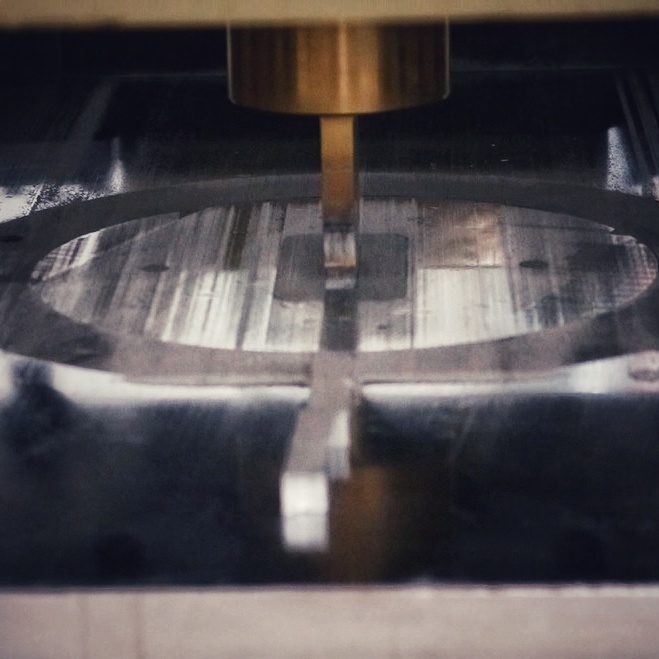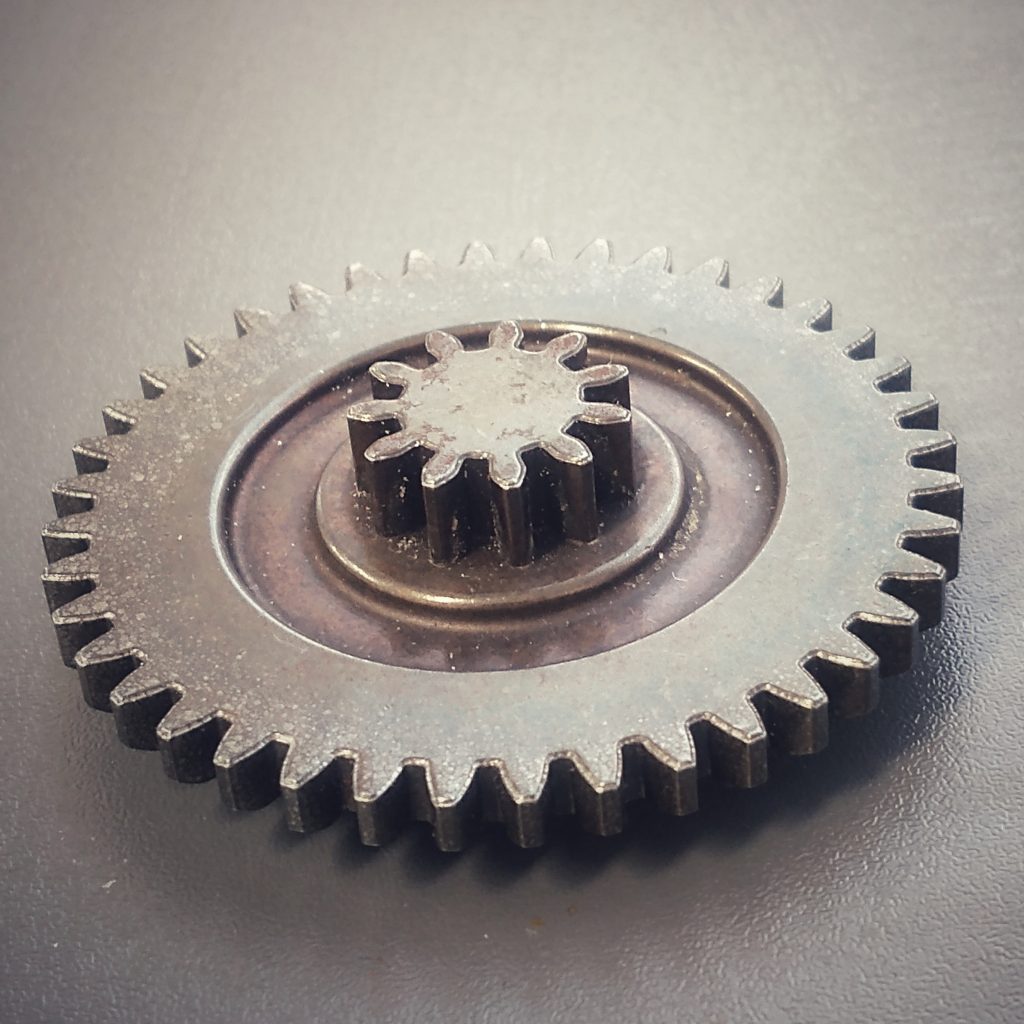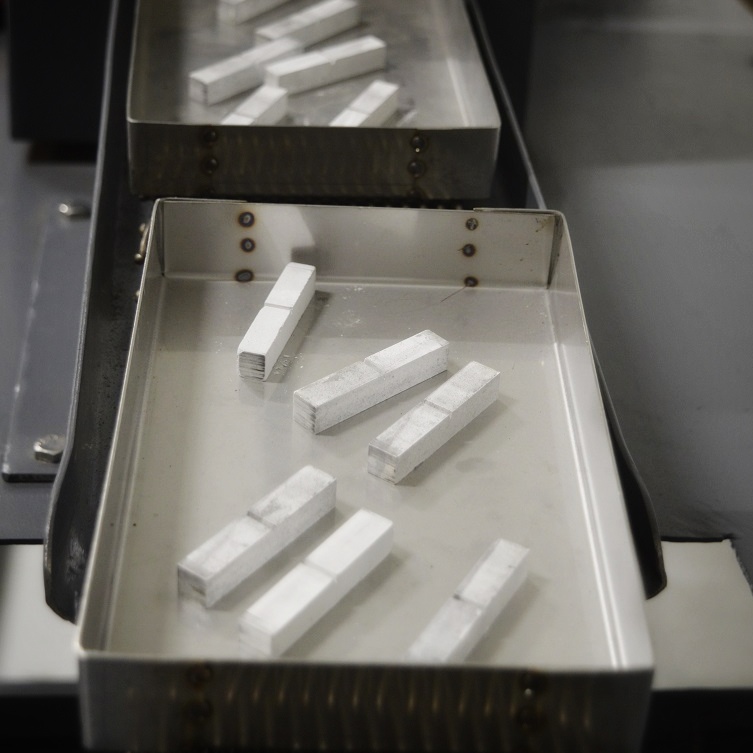Powder metallurgy





Powder metallurgy is a manufacturing process in which metal powder is compressed into a solid part using high force. During compression, the powder particles are mechanically adhered to one another. The compressed part is durable enough to be transferred to the next phase, sintering.
During sintering, the part is heated in a protective gas environment, and the part melts into a solid piece. After sintering the part is either ready to have finishing surface treatment, or some further machining if necessary. The process minimizes material waste and production time compared to traditional methods. The method enables cost-effective production for even millions of parts per year.
Powder metallurgy is present in mass production since the second half of 19th century and most often used in automotive, medical, and agricultural industries for high fatigue and impact resistance and possibility to mix different metals to obtain unique properties. As we are now more than ever aware of the importance of our environmental imprint, it is also crucial for enterprises to seek out most sustainable solutions to meet the goal of social responsibility.
What distinguishes PM from all competing processes?
– near- or exact net shape received in a single operation
– possibility to use all kinds of metals and their mixes
– the most eco-friendly method with the lowest scrap rate and energy usage
Advantages over other metal forming methods
PM vs machining
+ much lower scrap rate
+ ease to form hard materials
+ higher production rate
+ lower cost in high supply demand
PM vs forging
+ lower energy usage
+ cheaper production of dies
+ less likely to require secondary operations
+ better suitable for smaller, precise parts
+ higher production rate
PM vs die casting
+ much higher part-to-part repeatability
+ usually doesn’t need secondary operations
+ greater control over structure of the material
+ more durable parts
PM vs 3D printing
+ much lower material cost
+ possibility to mix powders
+ way shorter production time


